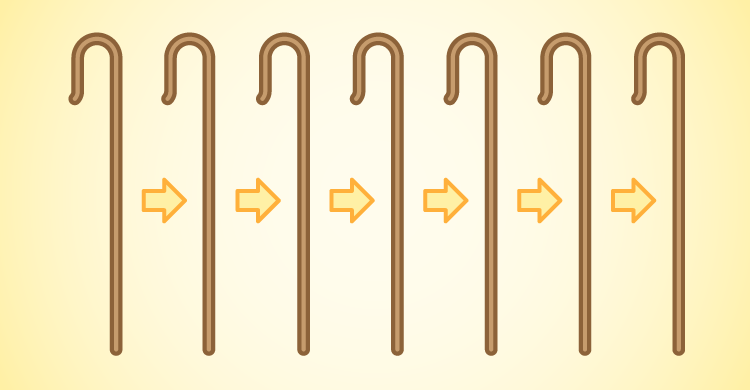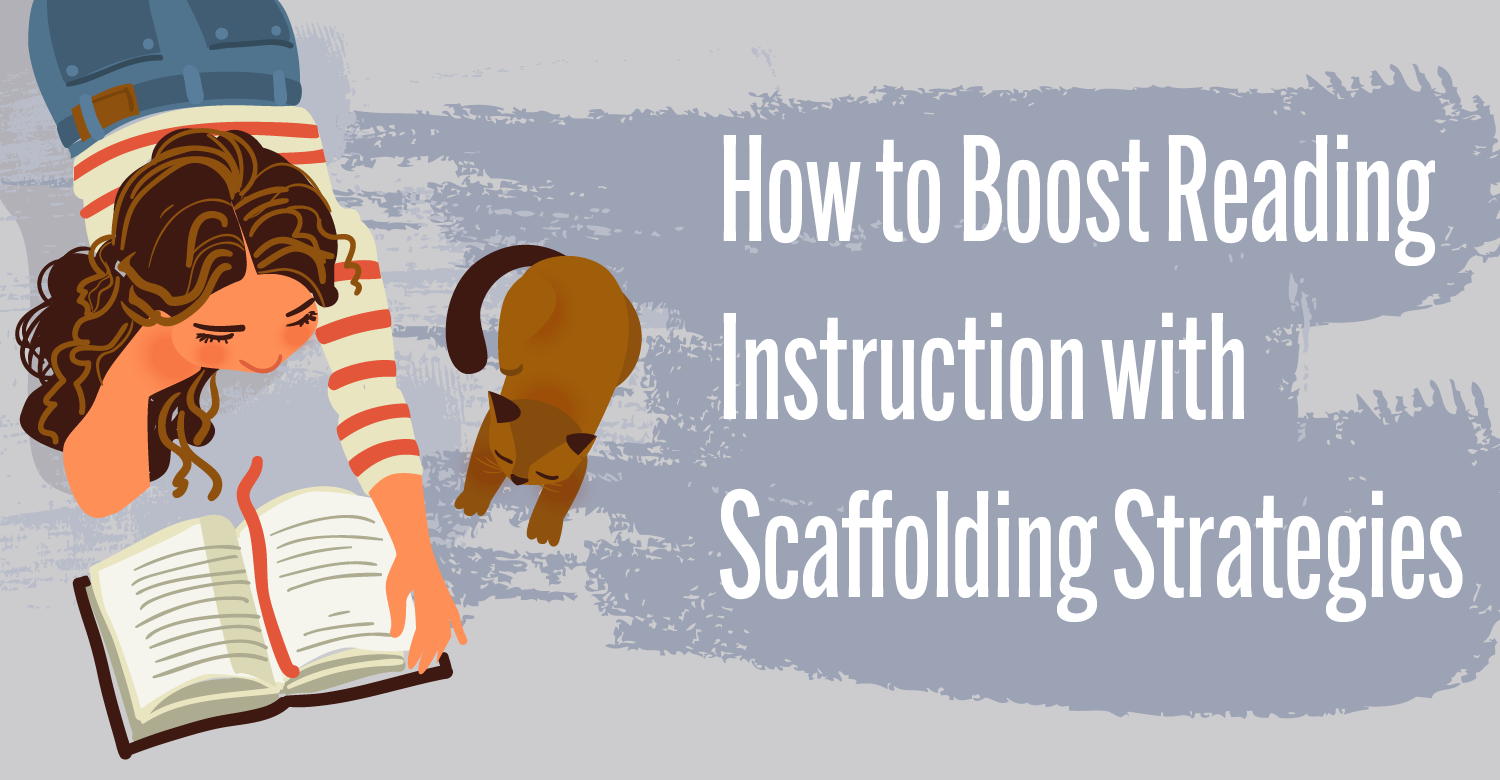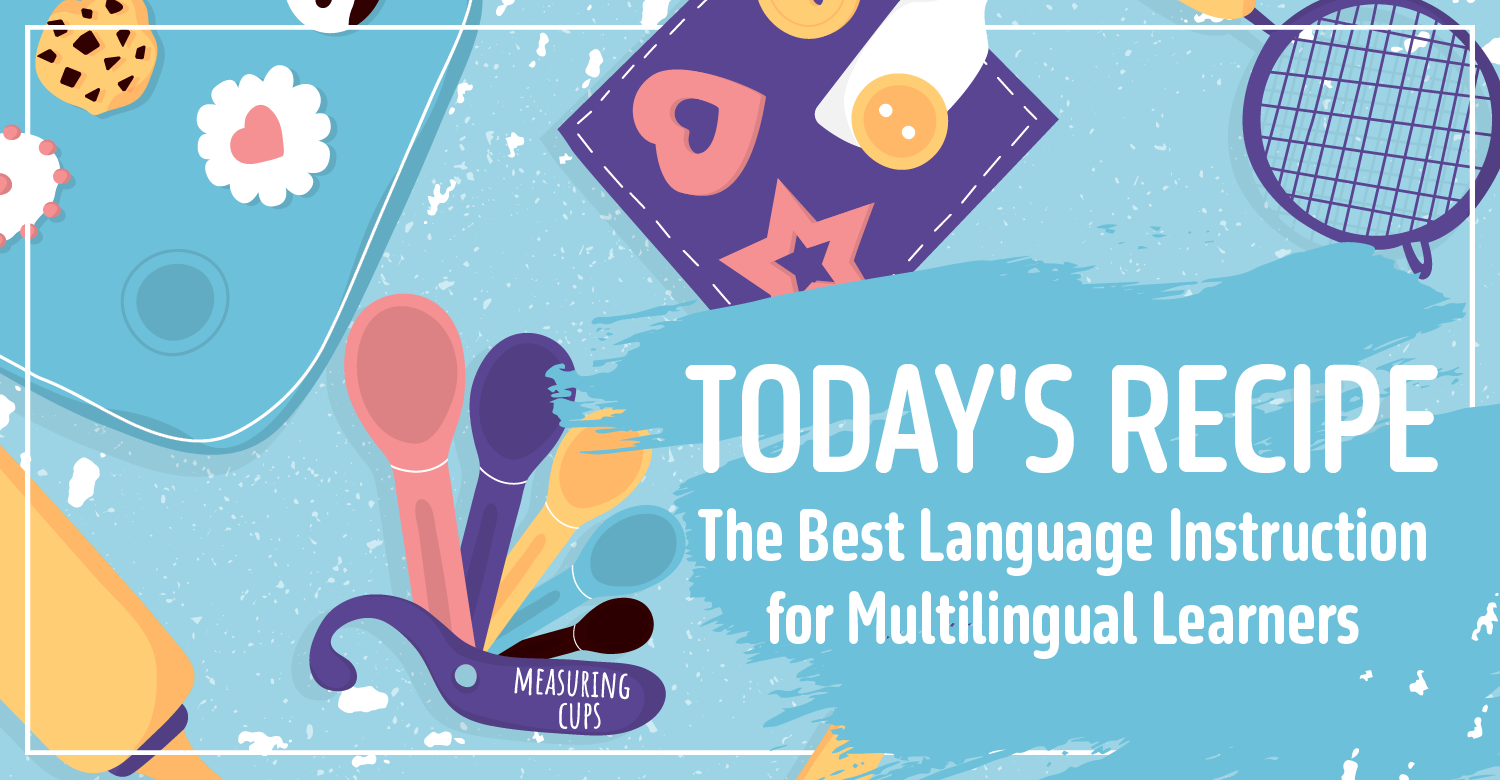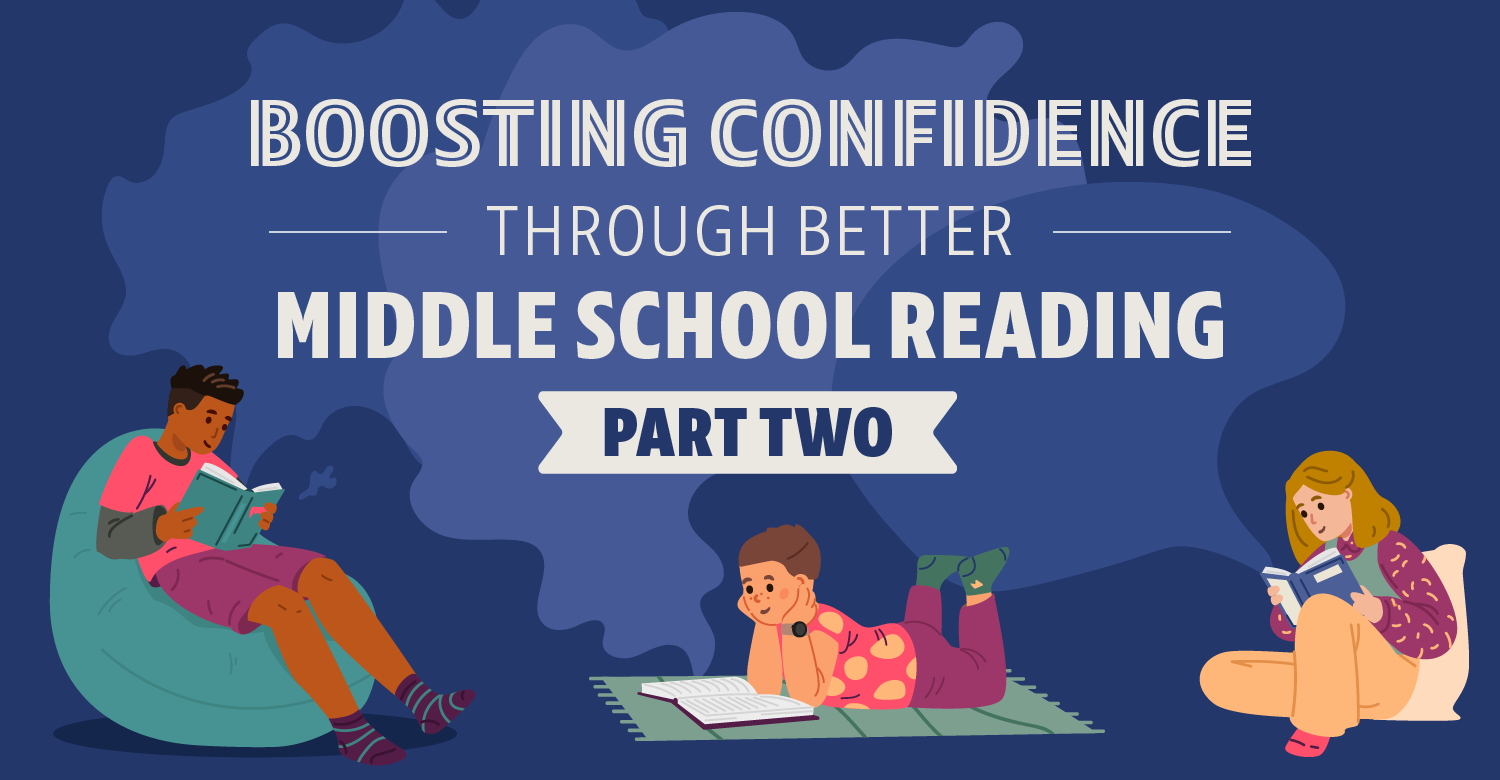To keep an eye on transfer, we delineate seven phases to the original learning that foster deeper understanding and subsequent transfer of learning. (2007) These strategies include the following: 1) Know about Transfer Theory, 2) Set Expectations for Transfer, 3) Model with Artifacts or Demonstrations, 4) Look for Transfer 5) Plot Applications, 6) Try Something Immediately, 7) Dialogue with Peers. While these phases apply to adult learning as well as student learning, the student example is featured in this particular discussion. Leaders can shift the ideas fairly easily and appropriately to their adult learning situations.
Transfer: Rich, Relevant, Relatable, Rigorous, Real World, Reactionary and Reflective
1) Know Transfer Theory – Richness
Richness is the result when teaching for transfer. That’s when the understanding is deep and the learning has legs that enable it to move from one place to another. Knowing about the theories of transfer helps teachers foster authentic applications for students. It manifests the adage all learning is for transfer. Kids know they can use the ideas of adverbs as they write adverbial phrases in the paragraphs.
2) Set Expectations for Transfer – Relevance
By setting expectations for transfer, (“You’ll need this information when you start your assignment.”, teachers provide the needed relevance to spark student interest. Or “This is an important math concept for when dealing with data of any kind”) students understand the learning has a real relevance. When students learn about mean, median and mode, and the teachers asks them to apply it to their grades for the term, so they can determine how they want her to calculate their final grade, the learning suddenly takes on a new sense of importance and a genuine urgency to get it right.
3) Model with Artifacts or Demonstrations – Relate
Modeling allows students to relate to the assignment or assessment by giving them a look at examples of what is expected. Demonstrations are live or simulated visuals that render deeper explanations and actual examples for students as they address the task. Video footage of students at work on the target learning can be one of the most helpful strategies to promote real transfer. When they see students at work on research using QR Codes to designated, pre-approved websites, they get it. This is what we are going to do.
4) Awareness of Transfer – Rigor
Awareness of the responsibility to learn in a way that transfers is where the rigor comes in. Students are expected to go well beyond “inert knowledge”, just knowing about something and understand deeply enough that they can apply their learning rigorously, within and across various disciplines and life situations. Using their knowledge and skills of classification in life science helps them categorize their problem types in math class.
5) Plot Applications – Real World
Plotting real world applications is a mindfully engaging business. Planning does not carry the weight that the word, plotting does. Plotting implies, a scheme that is carefully conceived and convincingly carried out. It’s the difference between being able to recite the equation, c2=a2+b2 for the Pythagorean Theory and using the concepts of right triangles in purposeful ways to build a model birdhouse, or bedroom bookshelf or even a handicap ramp of the back porch.
6) Try Something Immediately – React
Reacting to the learning is what students do when they are actively invested in what they are doing. Students take copious notes, bring ideas home, talk about them, do a special project to share or just read and research about it, as they interact with the ideas and help put them into long term memory. This is how teachers know they have hit the mark with the “tip of the iceberg theory” of learning. They teach and kids learn. When they teach well, they are still only touching on the tip of the iceberg. It’s up to students to go deeper on their own as learners. In fact, that is the only way they can genuinely learn it…they must own it. The teacher teachers and then, the leaner learns.
7) Dialogue with Peers – Reflect
Reflection is the mirror of our minds. It’s when ideas reflect back images that we store in short term memory and eventually do something more significantly meaningful with them to move the ideas along to the archives of our mind. Reflection is invaluable processing skill for students to learn and apply. When they think about how they got stuck on the problem and reflect on how they got unstuck, the strategy for successfully getting unstuck with stick with them.
In closing, we invite teachers to embrace, The Good Shepherd Theory of transfer and to continue to coach students to learn more deeply and in ways that they can go on learning, on their own. When students of all ages, can learn throughout their lives, without being taught, when they have the confidence and where-with-all to know they are capable of doing it themselves, the 21st Century, DIY label, Do It Yourself, resonates soundly.
References
Fogarty, R. and Pete, B. (2007) From Staff Room to Classroom: Planning and Coaching Professional Learning. Thousands Oaks, CA: Corwin Press.
Hunter, Madeline C. Teach for Transfer: A Programed Book. El Segundo, CA: TIP Publications, 1971. Print.
Joyce, B, and B Showers (1983) Power in Staff Development Through Research on Training. Alexandria, Va., Association for Supervision and Curriculum Development, 1983
Partnership for 21st Century Skills. The Partnership for 21st Century Skills. N.p.1 Jan 2000. Web. 31 Jan. 2015
Perkins, D. and G. Solomon. (1985) Teaching for Transfer. Educational Leadership. Alexandria, VA: Association for Supervision and Development.
Russell, D, and M Hunter (1976) Planning for Effective Instruction Lesson Design. Los Angeles, Calif., Seeds Elementary School, 1976
[author_bio id=”341″]
[author_bio id=”53″]






